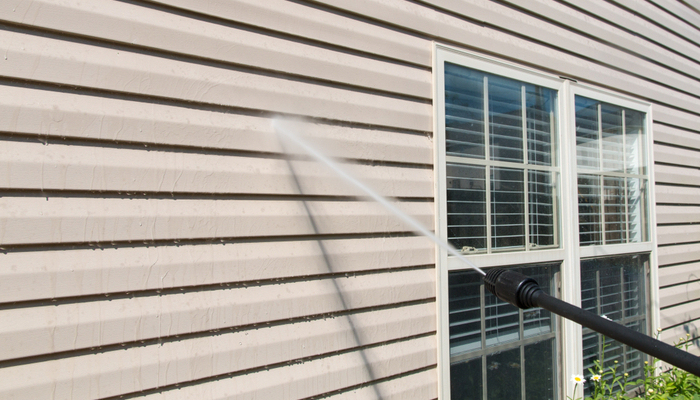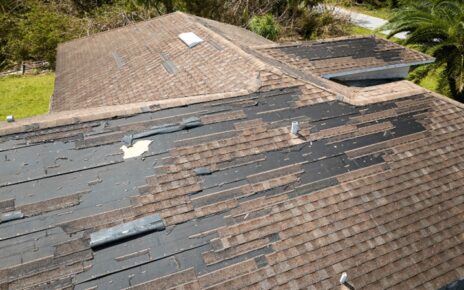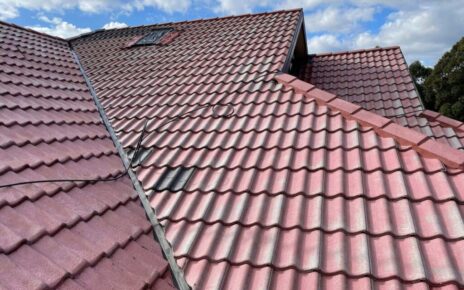You are enjoying the aesthetics and the functionality of the sidings, but from exposure, elements take a toll. Your pristine siding will start looking dull after years of exposure. You will need to fight with three major culprits to keep your siding pristine, clean, and last long.
Although the sidings are durable and last for many years, you must not forget to do some minimal maintenance to prevent fading and deterioration. You may have used the best installers like the Alpine Siding Pros, the top siding installation service Bellingham WA and have completed hundreds of residential projects. However, you must take care of your investment with proper maintenance. Sidings are the important elements of your home exteriors that not only improve the aesthetics but also constantly fight the harsh climatic conditions.
Culprit no 1 – Dirt, dust and debris
You must fight consistently with dirt, dust and debris to maintain clean sidings. The sidings get battered from various sources –
- Wind & rain – The force from nature can propel dust, pollen and other airborne particles onto your siding panels.
- Road traffic – The vehicles driving by your home kick up dirt and dust, especially if you live near a busy road.
- Lawn care activities – Trimming, mowing, and leaf-blowing can send yard debris toward your siding.
If you leave the dust, dirt and debris unattended, it can build up damaging your home aesthetics but can also trigger long-term consequences. Dirt is rough and can slowly wear off the finish or paint on your siding, making the exterior look dull and lifeless.
Accumulated debris can trap moisture against the siding, thus accelerating premature deterioration. Dirt piles are a breeding ground for insects and pests leading to bigger concerns [pest infestation].

Solution
A gentle wash once a year with a garden hose and mild detergent is sufficient. For stubborn grime, use a soft-bristled brush, but avoid harsh chemicals. For heavily soiled siding choose power washing. Call professionals because they know how much pressure to use for your siding material.
You need to plant trees and shrubs away from your house to create a natural barrier against dust and debris.
Culprit no 2: Mold & mildew
Mould and mildew thrive in damp and shaded areas. If the condition is right, your siding can become a breeding ground.
- If an area of your siding does not get sufficient sunlight or dries slowly after rain the environment is ideal for mold and mildew to flourish.
- If there is poor air circulation behind the siding panel or around the foundation, moisture can get trapped, which fosters mould growth.
- The build-up of organic matter like leaves and pollen close to the sidings can nourish mould spores.
Mould and mildew don’t just damage home appearance but are a health risk for occupants with allergies or respiratory issues. Eventually, if ignored, it can damage the siding.
Solution
Ensure proper ventilation, such as installing vents near the foundation to promote airflow behind the siding. Trim overgrown bushes and shrubs near the house to allow air circulation. Fix leaky gutters and downspouts to prevent water from pooling around the foundation. Just like dirt, clean it with water and bleach to remove mould spores regularly.
Culprit no 3 – Environmental pollutants
Your location may be near factories, heavy-traffic roads, or coastal regions. These can make the sidings susceptible to airborne pollutants, road dust, or salt spray. These can cause sidings to soil or corrode.
Solution
Environmental pollutants cannot be completely removed, but you can take steps to reduce their effects, such as regular cleaning and applying a protective coating to create a barrier. If you are planning siding replacement, then your siding contractor will recommend a suitable material. For example, vinyl siding is resistant to salt spray and needs less maintenance.
Besides regular cleaning, you must inspect sidings for damage or mould growth signs. Addressing the issues quickly will prevent them from amplifying into expensive repairs or replacements.





